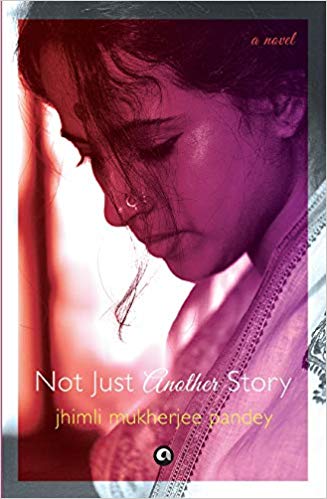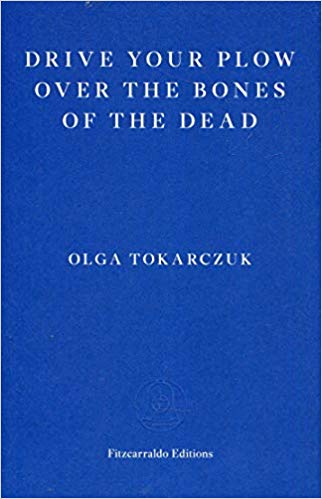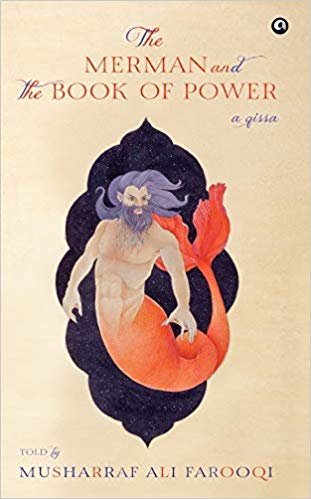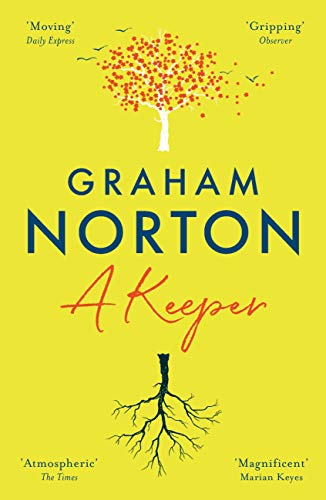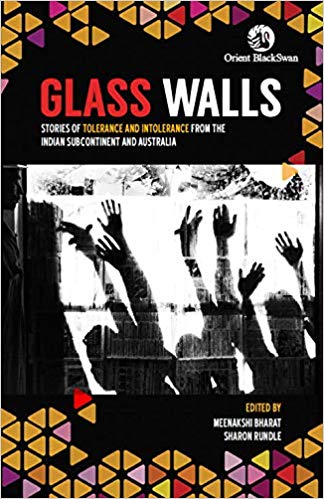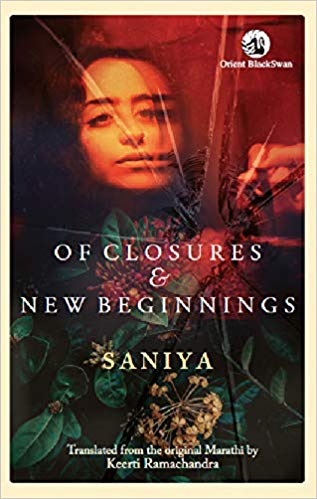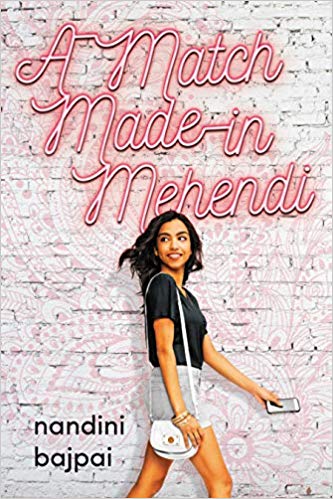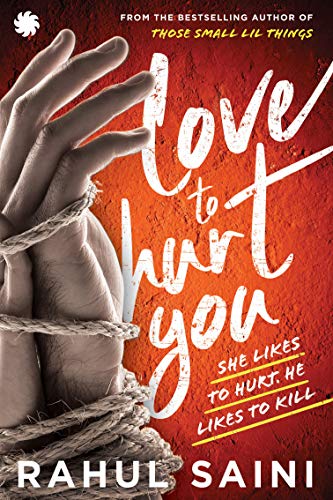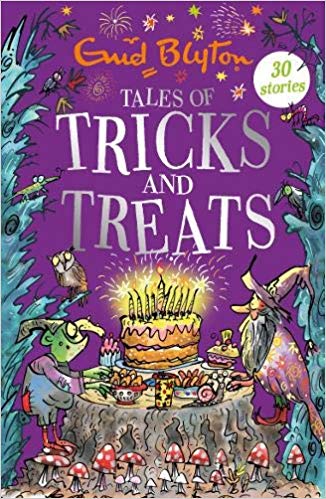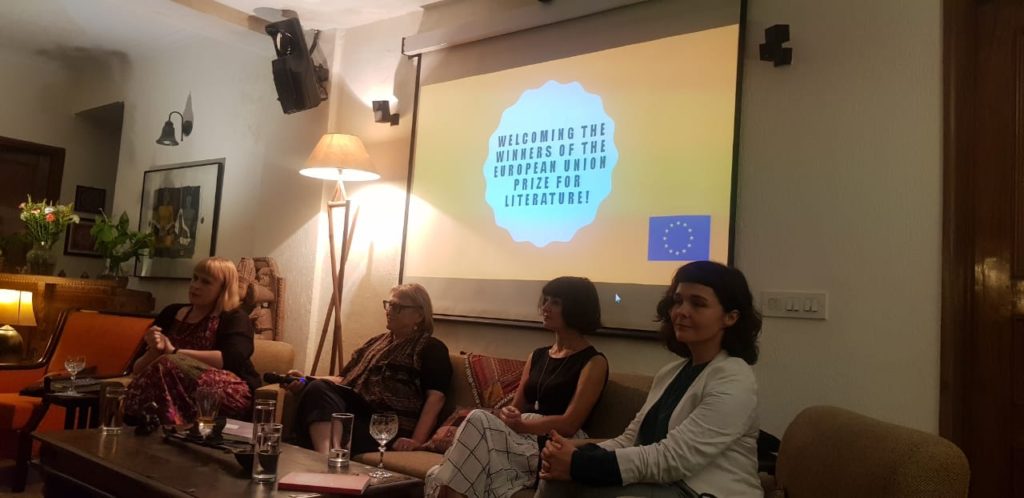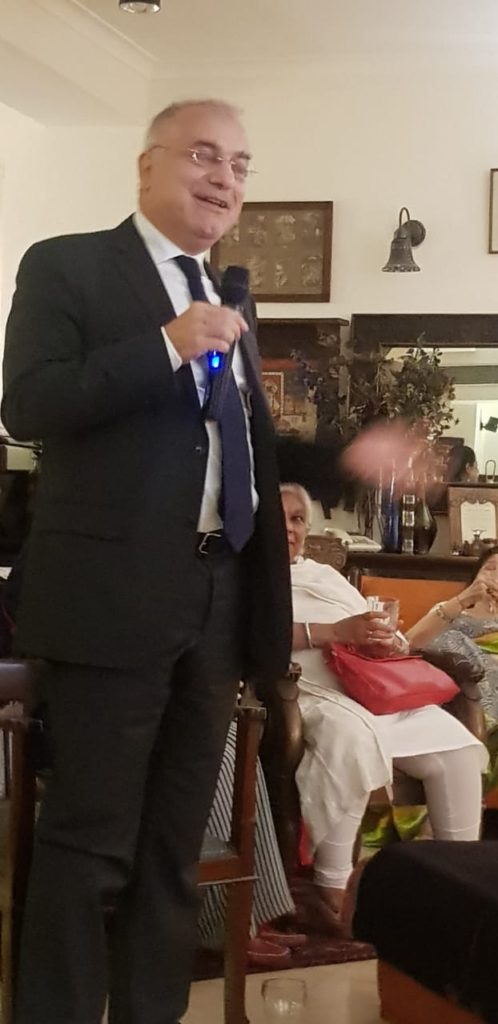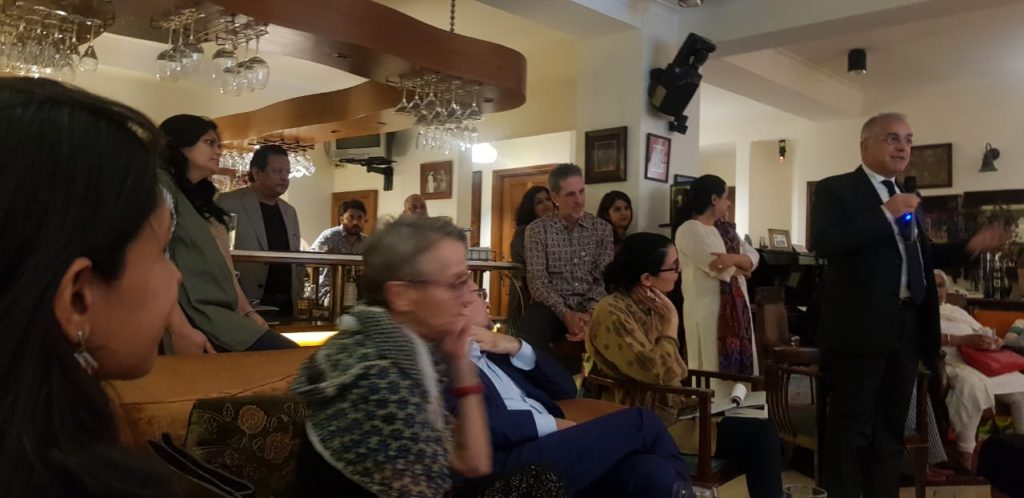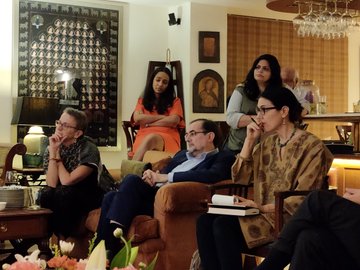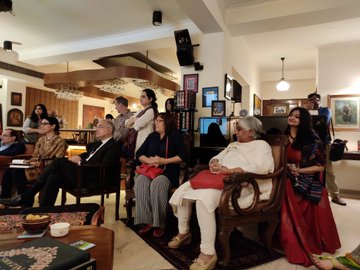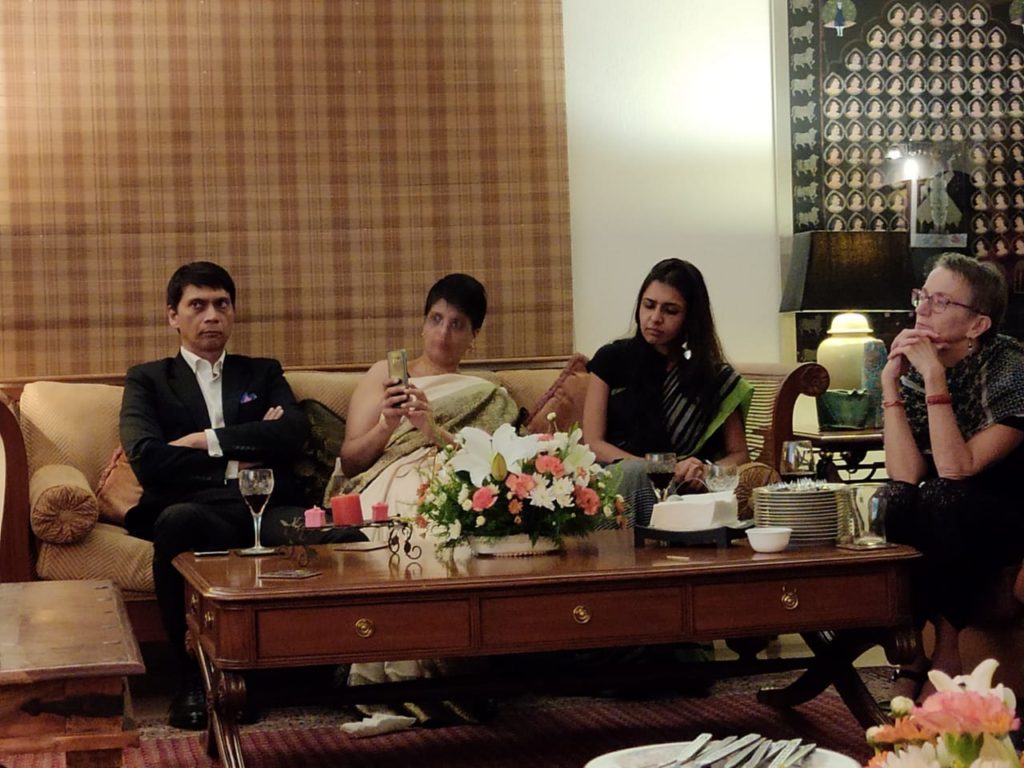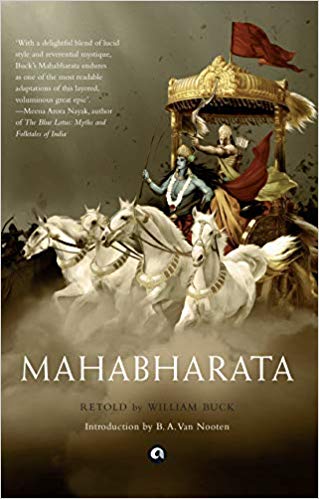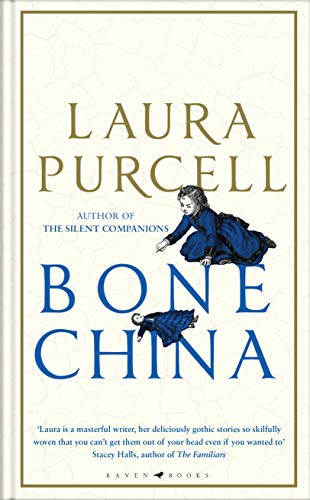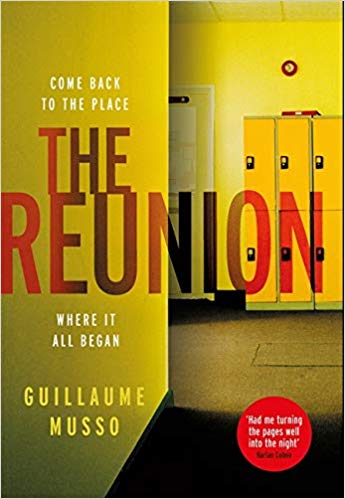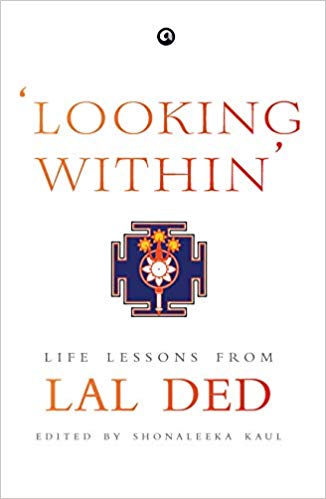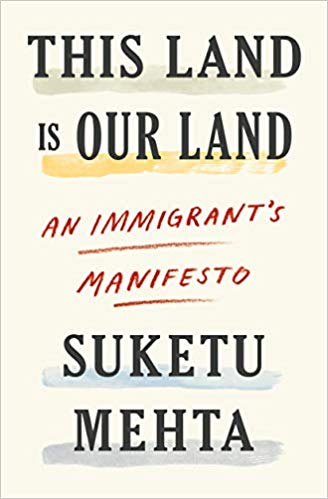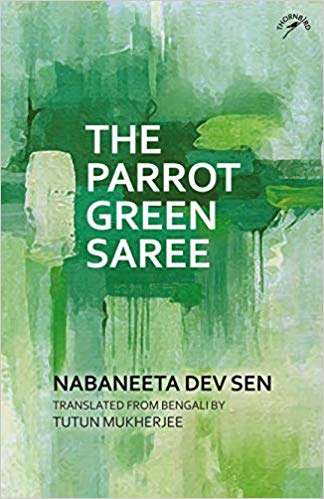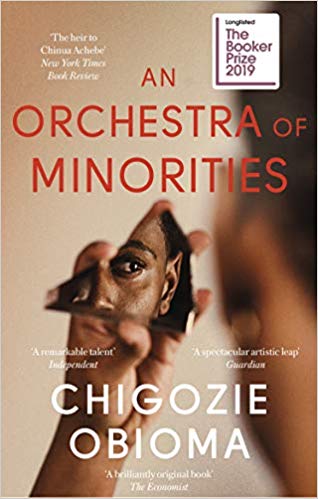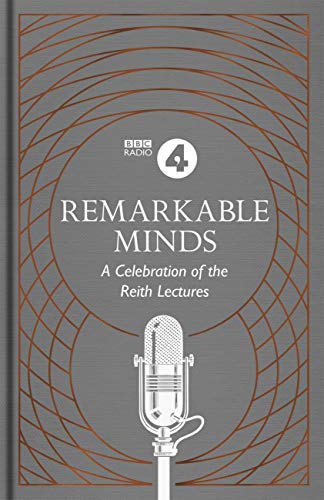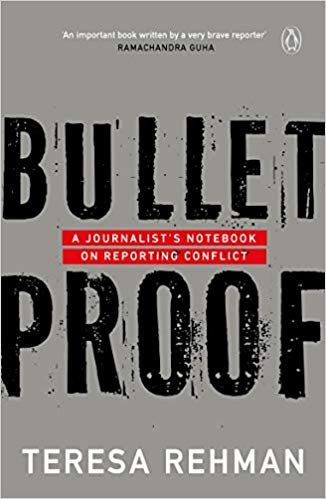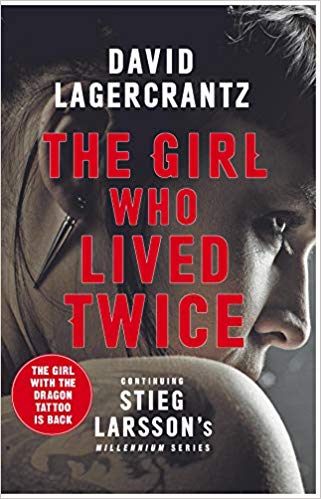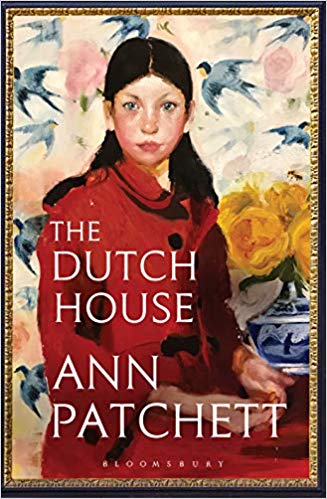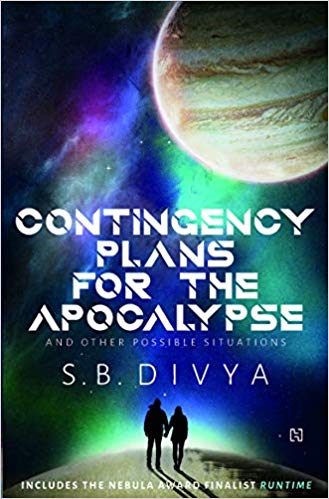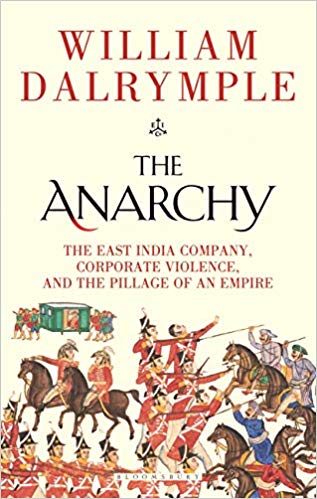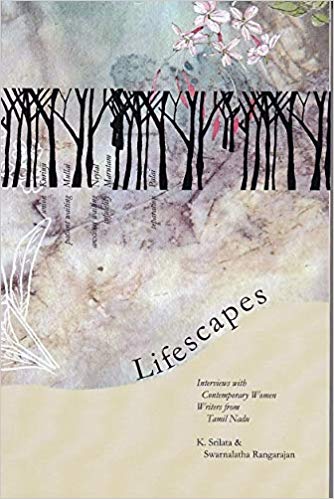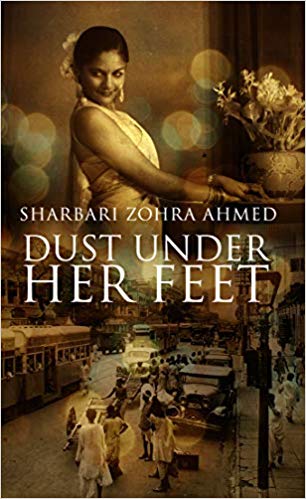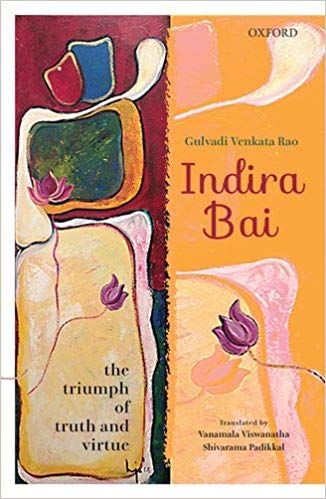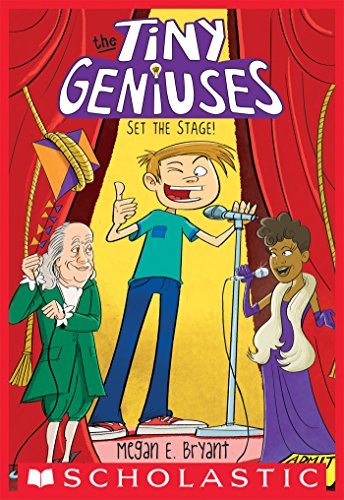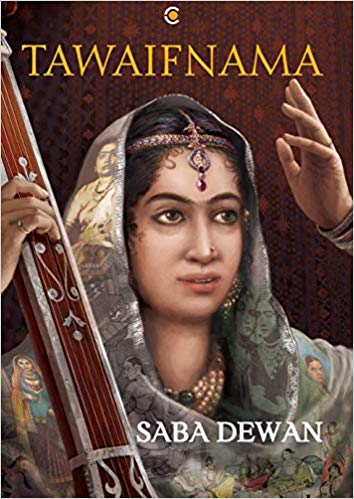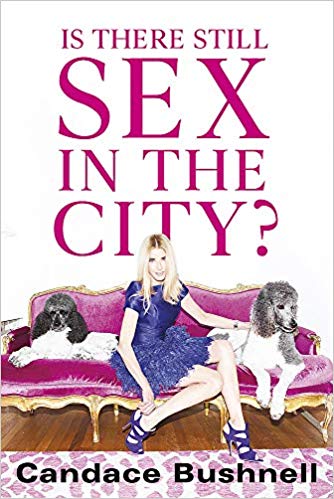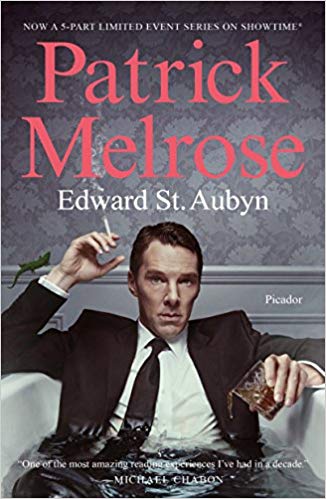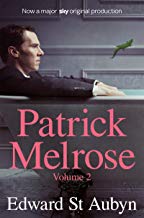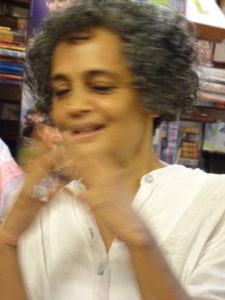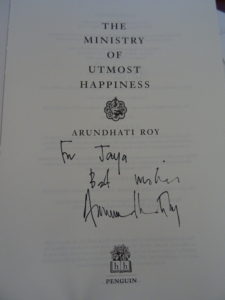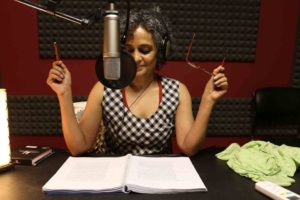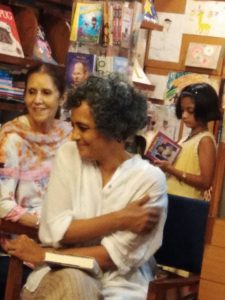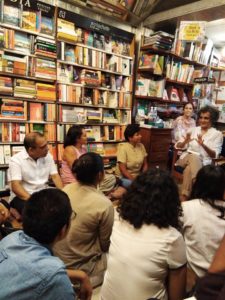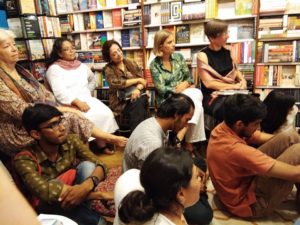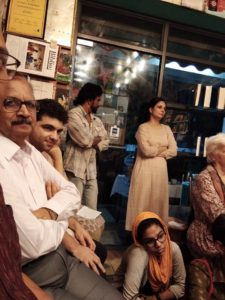
Last month I heard about an interesting translation project — Neerav Sandhya Ka Shahar: Sakura Ka Desh. It was a Hindi translation (2013) of a Japanese publication (2004)– Yunagi No Machi Sakura no Kuni. It had won the Grand Prize for manga at the 2004 Japan Media Arts Festival and, is probably the only manga comic that deliberates upon continued suffering of the second and third generation victims of Hiroshima and Nagasaki atomic bombings in the year 1945. It has been published by Vani Prakashan in India. Aditi Maheshwari, Publisher, Vani Prakashan and the translator, Tomoko Kikuchi, have shared their thoughts about this process. Aditi will be participating in the Book Souk, Jumpstart. ( http://www.jumpstartfest.com/home ) 
Aditi Maheshwari, Publisher, Vani Prakashan
Three challenges entail a literary translation project undertaken by any publisher. The first and the most basic is staying true to the core and the essence of the original text under translation. The second is doing justice to the cultural idioms and paradigms as expressed in the original, while maintaining its relevance in the new audience. Third and most importantly, ensuring that the original text does not turn out to be anachronous for the new audience, who most likely do not share a similar history. The third challenge naturally applies to historical works from another culture, language or era or those dealing with long lasting impacts/influences of historical events.
Having worked extensively on translations in various world languages (including but not limited to English, Swedish, Norwegian, Polish, German, French and Japanese) and with world renowned literary stalwarts (such as Zwigniew Herbert, Wislawa Szymbroska, Tadeusz Rozewicz, Tomas Tranströmer, Herta Müller, Salman Rushdie, Tasleema Nasreen et al) in the past, one would assume Yunagi No Machi Sakura no Kuni would have been a fairly standard affair.
However, just like every translated work which is a product of extensive research, meticulous referencing and sheer volumes of literary acumen,Yunagi No Machi Sakura no Kuni proved no different. In fact, it unveiled a fourth and new challenge, hitherto not faced by us. This had to do with the art form that Manga comics are and the added visual dimension which they brought to the table. All of a sudden, ‘being true to the original’ developed a new meaning. With visuals being the ready reckoner window to the heart and souls of characters in the comic, the treatment of cultural idioms, anachronism had to be more accurate with very little scope for exercising literary liberties. 
Yunagi No Machi Sakura no Kuni is a ‘slice of life’ account of the far reaching social, psychological and physical setbacks for the Japanese youth caused by the US bombing of Hiroshima and Nagasaki 68 years ago. The culmination of journey from Yunagi No Machi Sakura no Kuni to Neerav Sandhya Ka Shahar: Sakura Ka Desh required meeting the aforementioned challenges. It was imperative to have a translator on board who had a deep understanding of the Japanese culture and also had exposure to the Indian cultural paradigms and Hindi language itself. The translator of the book, Tomoko Kikuchi, a young Japanese woman who studied Hindi at JNU and completed her Ph. D. in Hindi literature at Kendriya Hindi Sansthan, Agra was the steering force behind the project.
Even with the right translator on board who could translate sans use of a bridge language like English, we often found ourselves standing on the crossroads with the cultural idioms of Japan and India during the project. For example, the female protagonist in the first part of comics refers to her same-aged male friend with a Japanese pronoun that translates to ‘aap’ and not rather casual ‘tum’ in Hindi. Despite the awkwardness of the formality that the use of ‘aap’ would bring in, the translator chose it over ‘tum’ because according to her, it reflected the real dynamics of such friendships among young people in Japan fifty years ago. As the story continues in the second part, ‘Sakura ka Desh’, the new gen-Y Japanese girls are not shown referring to their male friends with an ‘aap’, exerting their equality by using their names or ‘tum’.
We discussed this and many similar issues at length with linguistic experts like Dr Rekha Sethi (Assistant Professor, Hindi, Delhi University). We finally concluded that although we were well intentioned in remaining honest to the original text and avoiding superimposition of indigenous reflections over it, the possibility of linguistic improvisation at few places, could not be overlooked. Translating a Manga comics in Hindi was a daunting yet fulfilling task for our editorial department. Publishing prose or poetry is always much easier than comics. We treat comics as an art form that involves synchronizing the editorial team towards exploring deeper layers of narration, conducting intensive research on the subject matter and above all, paying attention to what translator has to say. Neerav Sandhya Ka Shahar: Sakura Ka Desh is the result of this process.
Authored by Fumiyo Kono, Neerav Sandhya Ka Shahar: Sakura Ka Desh (2013) is originally published as Yunagi No Machi Sakura no Kuni (2004).
(C) Aditi Maheshwari
Tomoko Kikuchi, Translator

दो साल पहले मैंने सुप्रसिद्ध जापानी सचित्र पुस्तक “हिरोशिमा का दर्द”(NBT) का हिन्दी अनुवाद किया, जो छोटे बच्चों को परमाणु बम की त्रासदी को बताने के लिए सर्वोत्तम पुस्तक है । उसके बाद मैं सोचने लगी कि उसी संदेश को भारत के युवा पाठकों तक कैसे पहुंचाया जाए । अक्सर युवा पीढ़ी युद्ध या विश्वशान्ति के विषय से विमुख रहती है । उन दिनों मुझे संयोग से जापानी कॉमिक “नीरव संध्या का शहर, साकुरा का देश” का परिचय हुआ । 2004 में जापान में प्रकाशित उस कोमिक ने मुझे सहसा आकर्षित किया और मुझे लगा कि कॉमिक्स का रूप भारतीय जवानों को भी जरूर आकर्षित करेगा ।
अनुवाद की पुस्तक को प्रकाशित करने के लिए पहली शर्त है कि यहाँ के प्रकाशक को ढूंदना, जो बहुत मुश्किल काम है । इस पुस्तक के लिए मैंने कई प्रकाशकों के साथ बात की, आखिरकार वाणी प्रकाशन से मुलाक़ात हुई । माहेश्वरी जी ने मुझे सहसा यह जवाब दिया, “जापानी कोमिक्स का हिन्दी अनुवाद एक नई कोशिश है, बहुत दिलचस्पी है ।” यह सुनकर खुशी से ज्यादा मुझे हैरानी हुई, क्योंकि तब तक मैंने एक भी प्रकाशक से ऐसे सकारात्मक और स्नेही बात नहीं सुनी थी । इस प्रकार माहेश्वरी जी की कृपा से पहली शर्त पूरी हो गई । बाद में जापान फाउंडेशन की सहयोग योजना के तहत प्रकाशन के लिए कुछ आर्थिक सहायता भी मिल सकी ।
अनुवाद करते समय दो भाषाओं से संबंधित संस्कृति और इतिहास का पूरा ध्यान रखना होता है । पाठकों को अपरिचित संस्कृति से परिचित कराने के लिए अनुवादक को दोनों को जोड़ने वाले पुल की भूमिका निभानी होती है । सीमित जगह में पूरी सूचना डालना बहुत मुश्किल है । इतना ही नहीं, कोमिक्स में एक विशेष प्रकार का प्रयोग भी है, जिसमें आवाज और भावना को लिपिबद्ध किया जाता है।
मसलन, जब कुत्ता आवाज़ देता है तो हिन्दी में भौ भौ कहा जाता है, पर जापानी में वन वन । ऐसी आवाज भी है, जिसका जापानी भाषा में शब्द उपलब्ध है और हिन्दी में नहीं । जब कोई हैरान हो जाता है, तो जापानी में उस मनोभावना को “गान” उच्चारण से अभिव्यक्त कर चित्रों के साथ अंकित किया जाता है , परंतु हिन्दी में इस प्रकार का कोई प्रयोग नहीं है । जापानी कोमिक्स के अनुवाद में इस प्रकार की बहुत सारी समस्याओं का एक एक हल निकालना पड़ा, आपको भी पुस्तक देखने पर जिसका अंदाज होगा ।
अनुवाद में एक संकट यह भी था कि एक तरफ कोमिक्स का संवाद एकदम बोलचाल का होता है, परंतु दूसरी ओर मेरी भाषा एकदम पीएच. डी. की है । इस स्थिति में समन्वय लाने के लिए डॉ रेखा सेठी जी ने मेरी बहुत मद्द की । कभी उनके घर में, कभी आई. पी. कॉलेज में लंबे समय तक बैठकर हमने एक एक संवाद का सही रूप ढूंढ़ निकाला । उसी दौरान अनजाने में हमारे बीच भारतीय और जापानी संस्कृति का काफी आदानप्रदान हुआ होगा ।
(C) Tomoko Kikuchi
28 Aug 2013

